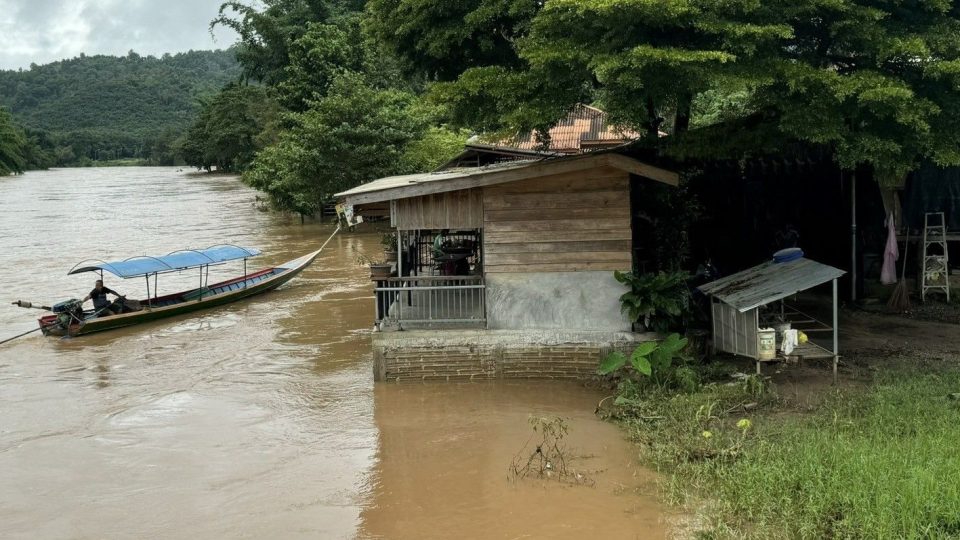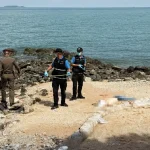Chinese Mining in Shan State Linked to Arsenic Contamination in Kok River, Thailand
CHIANG MAI, April 5, 2025 — Residents living along the Kok River in Chiang Mai and Chiang Rai provinces have been warned against using river water for drinking or consumption due to dangerously high levels of arsenic. Authorities suspect the pollution is linked to extensive gold mining activities in Mong Hsai, a town in Myanmar’s Shan state, conducted by Chinese mining companies.
Arveera Pakamat, director of the Environment and Pollution Control Office in Chiang Mai, reported that tests conducted on March 19th revealed that arsenic levels in the water were twice the safe limit. The arsenic content in the river was recorded at 0.026mg/L, well above the safe standard of 0.01mg/L. In addition to arsenic, other heavy metals, such as cadmium and lead, were also detected in the water samples.
Arveera highlighted the dangers of consuming contaminated water, especially with arsenic, which can cause stomach issues, skin rashes, and, when consumed regularly, may accumulate in the body and lead to cancer. Furthermore, the water’s cloudiness has increased significantly, being about nine times cloudier than normal, signaling the extent of contamination.
Results from water tests in Muang district of Chiang Rai are still pending, but concerns about the river’s water quality are growing.
According to reports from a Myanmar-based human rights organization, Chinese companies have been involved in gold mining in Shan state since 2020, with four Chinese companies currently operating in the area. The mining activities, which include open-pit gold extraction, have led to direct discharge of water used in the extraction process back into the Kok River without any treatment. More than 300 Chinese workers are reported to be working around the clock in these mining operations.
This unregulated discharge of contaminated water has sparked fears of further environmental and health risks for communities in both Myanmar and Thailand. Local officials are urging the public to avoid using the river water for drinking, cooking, or bathing until further investigations are completed and solutions are implemented.





